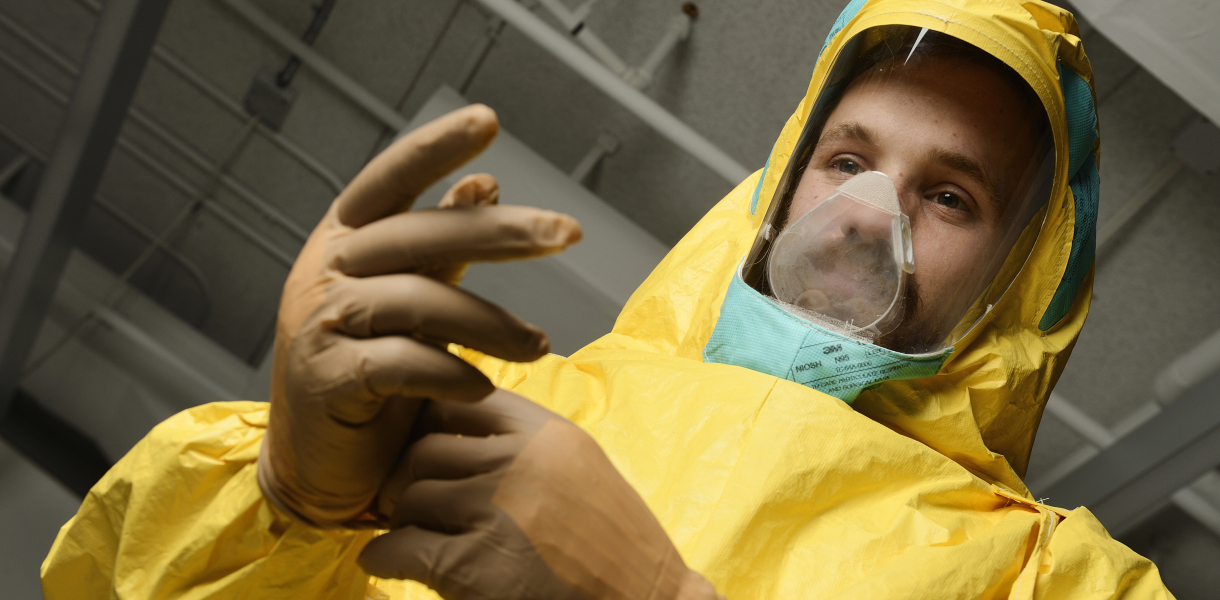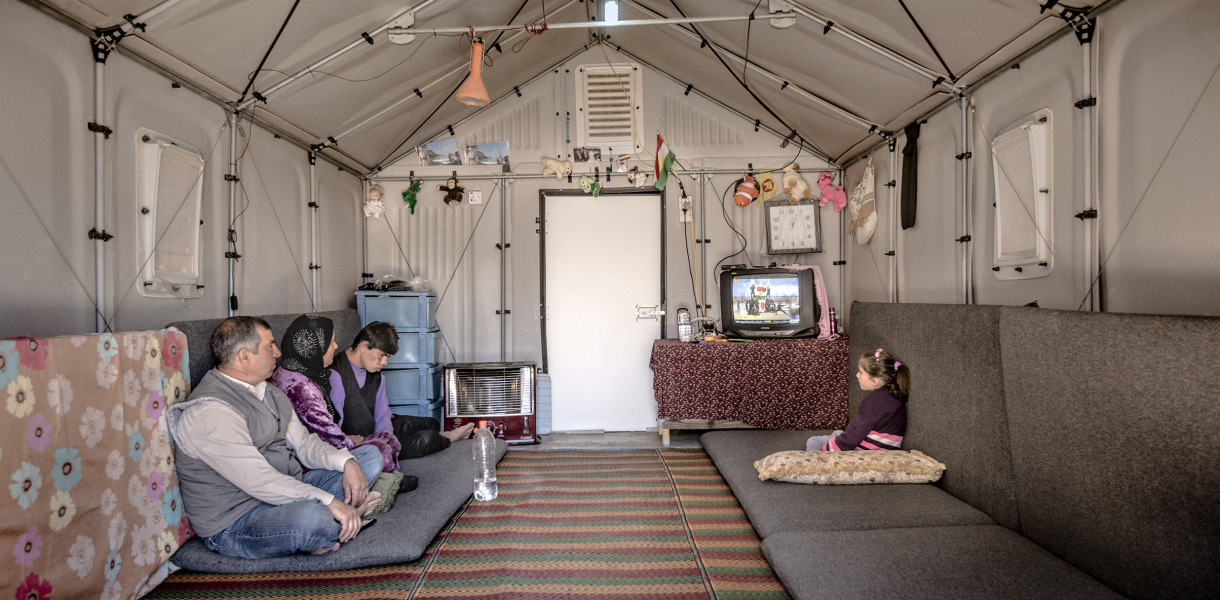One of the most important elements of dealing with a disease outbreak is preventing it from spreading further. Oftentimes so much attention is paid to treating current victims that protecting those coming into contact with them becomes a secondary concern. This puts caretakers and medical professionals at serious risk of also becoming ill.
Although the spread of the Ebola has slowed, the epidemic still persists in West Africa. Last year the disease claimed around 8,000 lives, including 360 healthcare workers. Often this was due to faulty protective gear or accidental exposure to the virus while removing the many layers of protection.
The Hazmat Suit is a simple solution that drastically reduces any chance of healthy people being exposed to disease when working with affected individuals. It features multiple layers that work to ensure that any layer with possible outside exposure can be removed without ever coming in contact with the inner layers nearer to the body.
The design uses multiple, easy to operate fasteners and zippers to minimise complicated removal processes that could result in accidental exposure due to incorrect use. The independent pieces enable efficient, light-weight construction that is more secure even without excessive layers that become too heavy and warm over time. Although the Hazmat was developed specially for Ebola, its principle features mark massive progress in protective wear against any disease outbreak.
Designed by
John Hopkin University - USA




